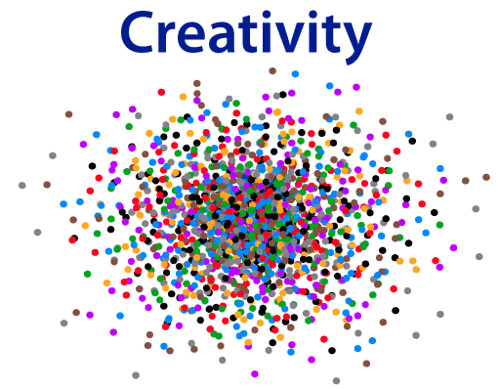
Someone has illustrated the story of the Lord of the Rings trilogy in the shape of a map.
Deconstructing Narratives
Separating Plot And Story
Think of a feature film, and jot down a) the strict chronological order in which events occur b) the order in which each of the main characters finds out about these events a) shows story, b) shows plot construction. Plot keeps audiences interested eg) in whether the children will discover Mrs Doubtfire is really their father, or shocks them, eg) the 'twist in the tale" at the end of The Sixth Sense. Identifying Narrator Who is telling this story is a vital question to be asked when analysing any media text. Stories may be related in the first or third person, POVs may change, but the narrator will always
- reveal the events which make up the story
- mediate those events for the audience
- evaluate those events for the audience
The narrator also tends to POSITION the audience into a particular relationship with the characters on the screen.
Here's an interesting powerpoint on what a thriller is about found from here.
As you were asked to do a Thriller for your opening project it's interesting to look at how that influenced Representation, Narrative, Media Language, Audience etc.
For instance, Thrillers created suspense by drip feeding information keeping the audience wanting to know more or they give us more information than the characters to make us fear for them - so all the time they are playing around with the narrative structure to make it more interesting.
Then for representation characters can be obviously good or evil (Levi-Strauss, creating binary opposites) and so must be easily recognisable as. Characters must in shown as vulnerable or powerful to create fear. Or to create mystery characters are ambiguous. Which ever one you used, how these characters were represented was vital to the workings of the thriller.
If you're answering a question on Media Language, Representation, Narrative or Audience, don't be afraid to include some thoughts on Genre as it is clearly very influence on all aspects of the project.
Everything is a Remix Part 1 from Kirby Ferguson on Vimeo.
Everything is a Remix Part 2 from Kirby Ferguson on Vimeo.
Everything is a Remix Part 3 from Kirby Ferguson on Vimeo.
Below is a great discussion on the idea of creativity that came from here on Flickr by someone who designs spaceships called nnenn. It's worth while going on to the flickr page as other users have placed idea on his constellation as to where they should go in terms of originality and creativity.
CREATIVITY (...as dots) Imagine a diagram that looks like a star-field, with every dot representing some known thing, information packet, or idea. The center is thick with basic knowledge items but the edges thin out with recent discoveries. In this context, true creation can be defined as simply placing a new dot somewhere in the map's blank areas. But when these new dots do appear, they tend to cluster around other pre-existing dots... and are rarely distant enough to be considered ingenious.
Now, a new dot appearing somewhere beyond the edge of the existing network might be considered extremely creative but is like a medieval peasant spontaneously inventing space travel: not likely. Unfortunately, this is how many perceive creativity... and either frustrate themselves in endless pursuit, or give-up altogether. If you take this approach, prepare for disappointment. There are, however, a few easier, alternative approaches that will get you your own dot... but all three rely on what's already known:
1. Push
Expand the current boundaries/limitations of some existing dot (usually involves a lot of time and effort.)
2. Play
Experiment wildly with some existing dot in hopes of discovering the previously hidden (odds are against you.)
Integrate two existing dots that are not already connected in an obvious way (my personal recommendation.)
Where Good Ideas come from - Steven Johnson
All Creative Work is Derivative
From filmmaker Nina Paley of Sita Sings The Blues fame comes a simple yet brilliantly conceived and beautifully executed case for the combinatorial nature of creativity. Paley photographed archaeological artifacts from the Metropolitan Museum of Art and animated them to illustrate her point: All creativity builds upon something that existed before and every work of art is essentially a derivative work. (This is swiped from the wonderful website brainpickings.org)

